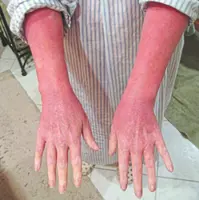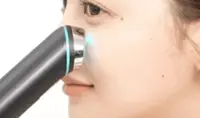Unfortunately, eating light-coloured foods like tau fu fah will not help to make your skin fairer. — Filepic
Skin pigmentation is one of the most common skin problems in Singapore.
Despite the increasing availability of information, there is still plenty of misunderstanding among us with regard to skin pigmentation and skin problems in general.
Already a subscriber? Log in
Save 30% OFF The Star Digital Access
Cancel anytime. Ad-free. Unlimited access with perks.





